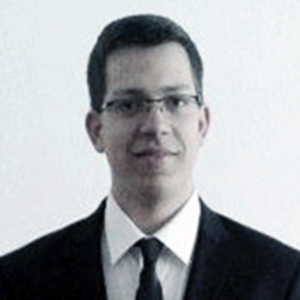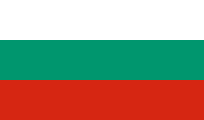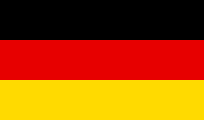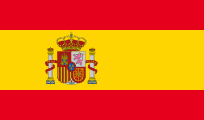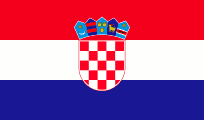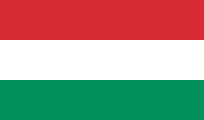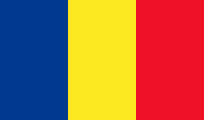Innovations in 3D Printing for Sustainable Food Production,
Maritime Preservation and Bioeconomy
Marianna Zichar
Description
Keywords: 3D printing; food production; maritime preservation; bioeconomy
H2020 challenge: Food Security, Sustainable Agriculture and Forestry, Marine, Maritime and Inland Water Research and the Bioeconomy
Knowledge and skills (P: prerequisite; D: desirable, but not necessary): Basic ICT knowledge (P), Interest in 3D printing (D), To be curious and prolific Internet researcher (D)
3D printing tends to appear in many fields of our life rather intensively. News informs us regularly who (which organization, research lab or company) printed new types of things (cars, food, house, shoes, instruments, implants, teeth, etc.) somewhere in the world, and maybe they even used a new material [1]. When looking for innovative solutions to different current issues (including those belonging to the H2020 challenges), we cannot forget to explore whether some forms of 3D printing could be used for the specific purpose as well.
The primary aim of this case study is to explore innovative applications of 3D printing beyond the traditional usage like reproducing everyday objects. To do so, first the concepts and properties of additive manufacturing [2] have to be clarified comparing it to other producing technologies (injection molding, CNC (Computer Numerical Control) systems, etc.). After understanding capabilities of the additive manufacturing technology, issues relating to the H2020 challenge “Food security, sustainable agriculture and forestry, marine and maritime and inland water research, and the Bioeconomy” will be identified [3]. To mention some emerging issues where this technology can bring a solution: saving coral reefs (and so protecting countless animals that depend on coral) [4], fighting world hunger [5, 6], and replacing fossil derived raw materials which is the main aim of bioeconomy [7]. Education should react to the increasing demand of the industry and introduce the basics of 3D modelling and printing into the education at all levels [8].
Elaborating the case study also gives a great opportunity for students to get to know different kinds of 3D printing technologies, their limits, and current shortcomings. They will explore status of teaching 3D printing at their institutions and define recommendation to make it better. The overall knowledge students will acquire can be used later in other fields of engineering too.
INNOSOC students, supervised by INNOSOC lecturers, will collaborate on providing a possible solution to this Case Study. These activities will be conducted as a part of the ERASMUS+ blended mobility and will be finalized during the INNOSOC Valencia 2017 workshop in late May 2017.
Materials and technologies for 3D printers can be rather various and development keeps going on. This large diversity makes it possible to use 3D printers when looking for solutions for H2020 challenges as well. Ensuring food security goes beyond securing a sufficient supply. It also requires social and economic access to safe and nutritious food, because food consumption has an impact on human health and the environment. Why not to print food? We should sustainably manage and exploit aquatic living resources, which also can be supported by 3D-printed “creatures”. The transition from fossil-based European industries towards low carbon, resource efficient and sustainable ones is of fundamental importance and emergence. Researchers work hard to develop new bio-material applications for cellulose-based compounds for 3D applications to replace fossil derived raw materials.
Roots of 3D printing come from computer science. Consequently, ICT influences its each innovative application. Considering the whole process from the first idea of ”what to print” till touching the just-printed object, there is no phase that does not include ICT. First, a 3D modelling program is needed. Then, a slicing program which creates the code that can be interpreted directly by the printer is needed. Finally, 3D printers are also controlled digitally. The principles of additive manufacturing can be transformed very diversely based on applied ICT knowledge.
Beside the theoretical part, students will explore how and in which majors their own universities teach/use 3D printing technology. Fortunately, lots of companies recognize how important is to introduce the state-of the-art at the higher education and support institutions according to their abilities. A comparison can be made about the state of 3D printing in partner countries through applying intercultural skills. Nowadays, 3D printing is only at the beginning of its usage, and its further development requires international collaboration. The first step can be to form a group of 4 students from different countries and motivate them for intercultural communication in the field of their would‑be profession as well.
– Available: http://www.youris.com/Bioeconomy/Food/3D-Printing-To-The-Rescue-Of-Gastronomy-For-Frail-Seniors.kl [7] TE. Halterman. (2015, Juin 4) – New research says that a new bioeconomy may be driven by 3D printed cellulose materials – Available: https://3dprint.com/70827/3d-printed-cellulose-materials/ [8] I. Papp; R. Tornai; M. Zichar. “What 3D technologies can bring into the education: The impacts of acquiring a 3D printer”, Proceedings of 7th IEEE Conference on Cognitive Infocommunications, 2016. Wroclaw, pp. 257-261.
Questions that need answers
- What are the main properties of additive manufacturing?
- What kind of special materials can be used by 3D printers? Concentrate on materials which can be of great importance regarding to H2020 challenge “Food security, sustainable agriculture and forestry, marine and maritime and inland water research, and the Bioeconomy”.
- What are current drawbacks of the additive manufacturing technology?
- Search for additional examples for applying 3D printing regarding to the above mentioned H2020 challenge.
- Compare the two most popular filament types PLA and ABS!
- Try to find “green” printing materials!
- Is 3D printing taught at your university? If yes, for which majors, for what purpose, using what kind of syllabus? What do you think is worth to teach for ICT students?
Case study supervisors

Marianna Zichar
UNIDEB Team Leader, Lecturer
Case study students
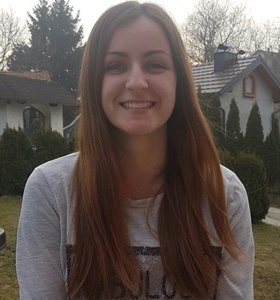
Lorena Svržnjak
INNOSOC 2017 Student
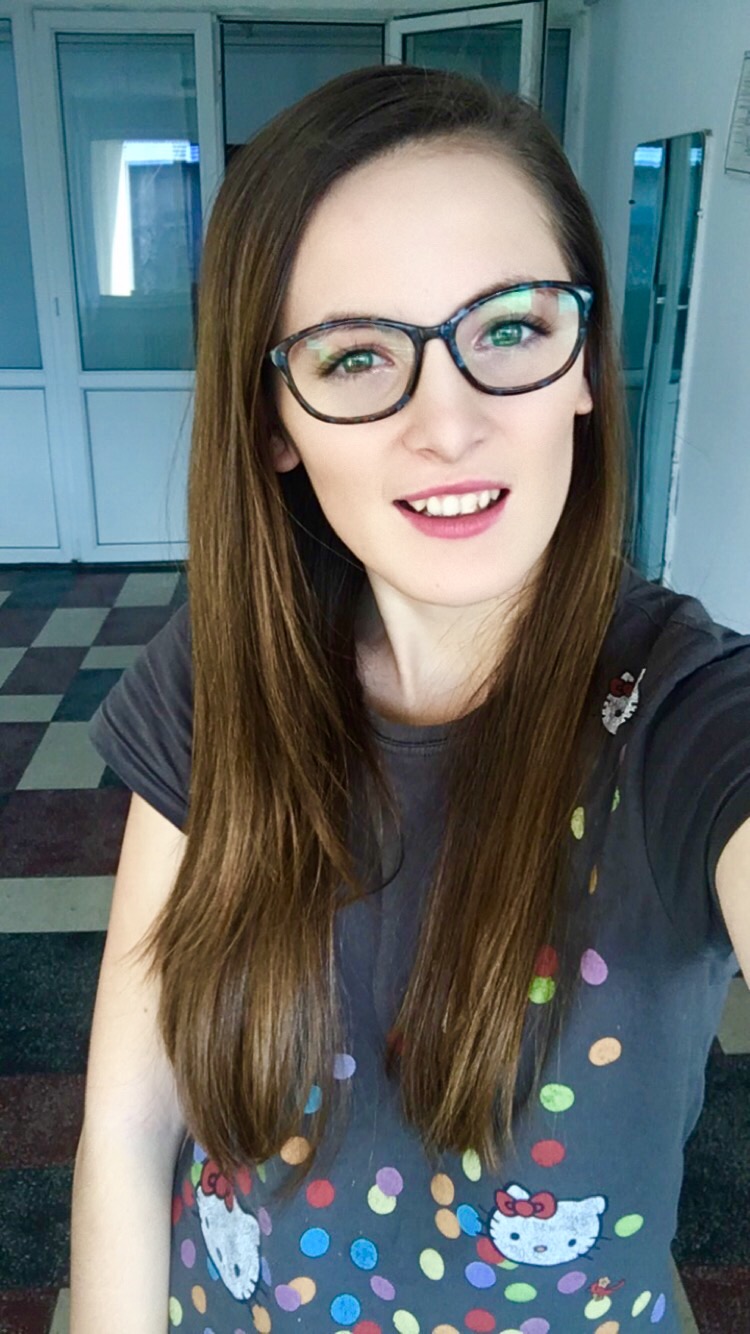
Simona Havram
INNOSOC 2017 Student

Nicole Christoff
INNOSOC 2017 Student

Dávid Hrabčák
INNOSOC 2017 Student
